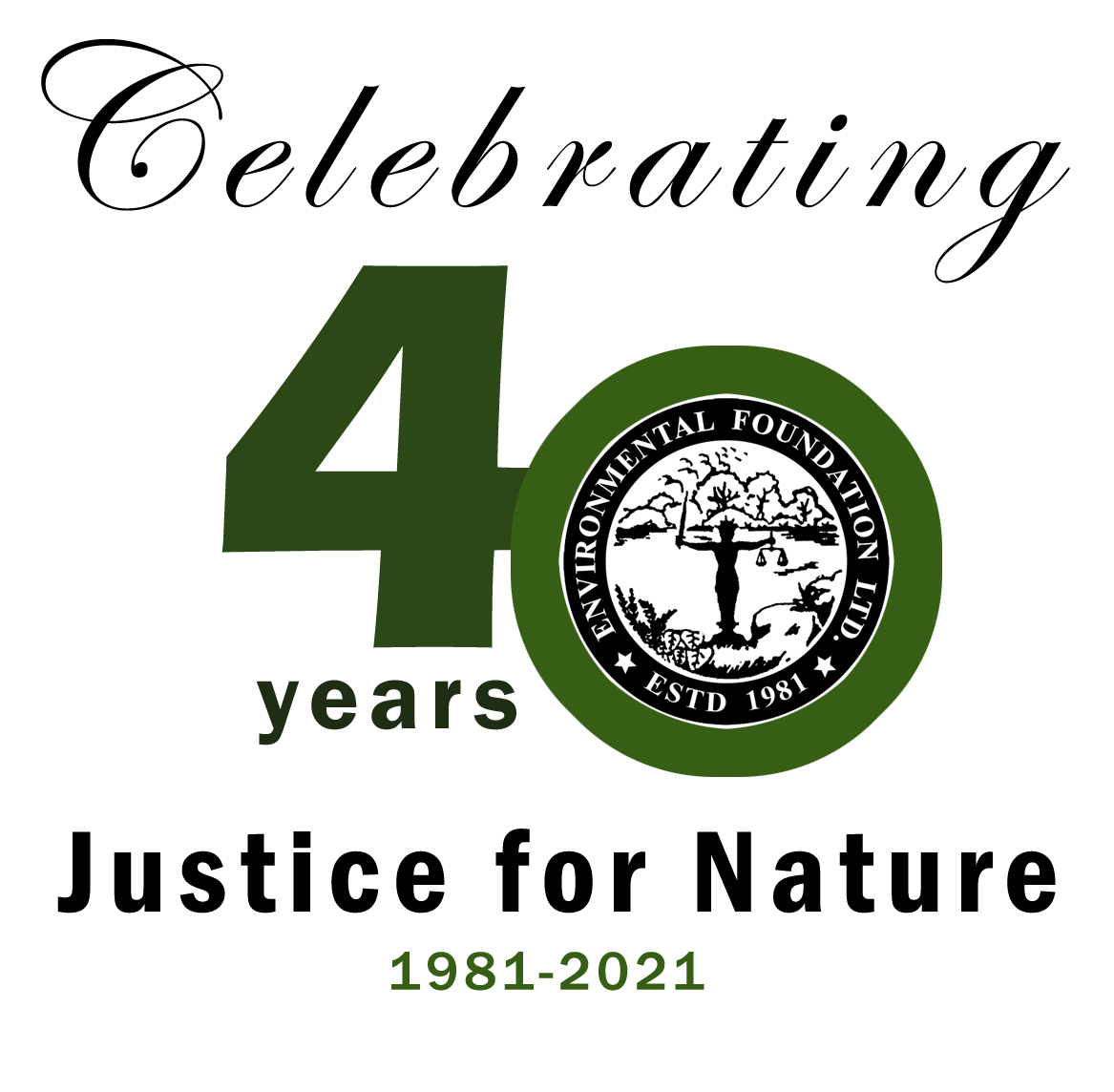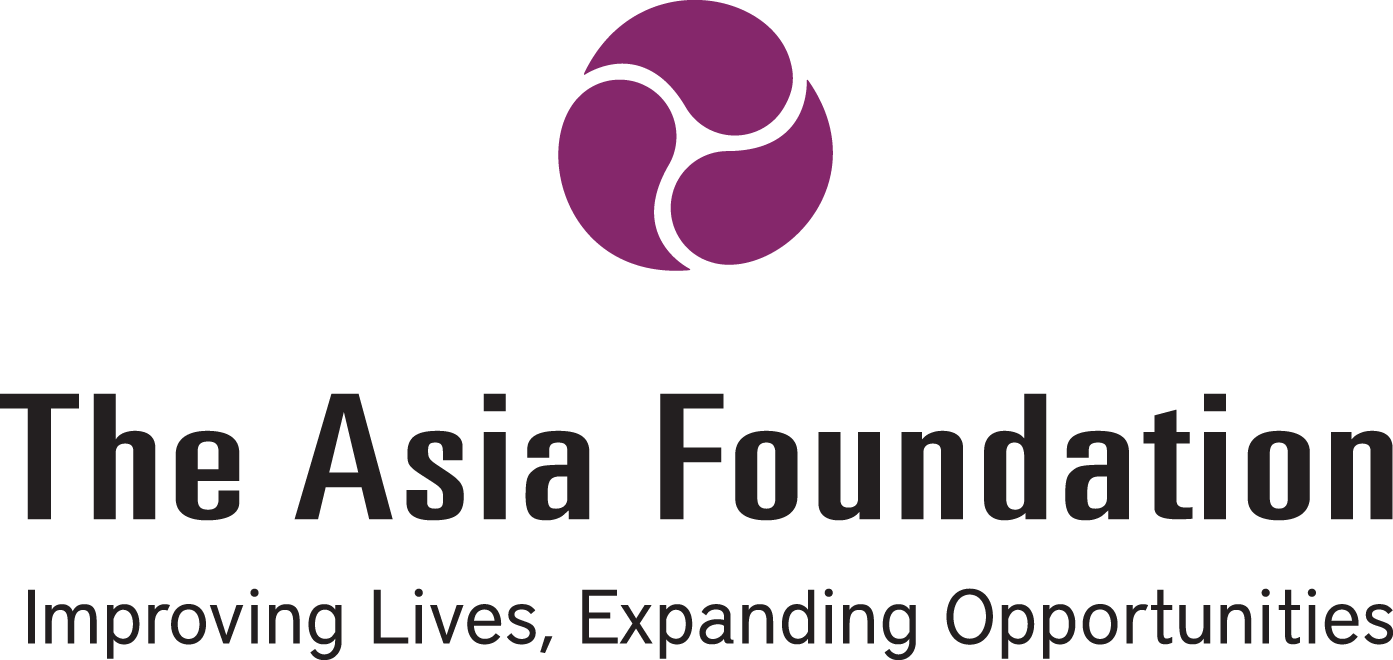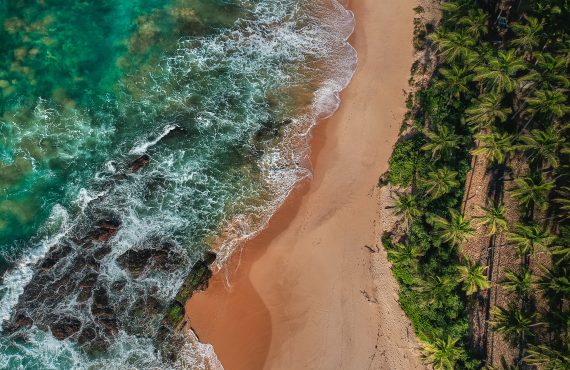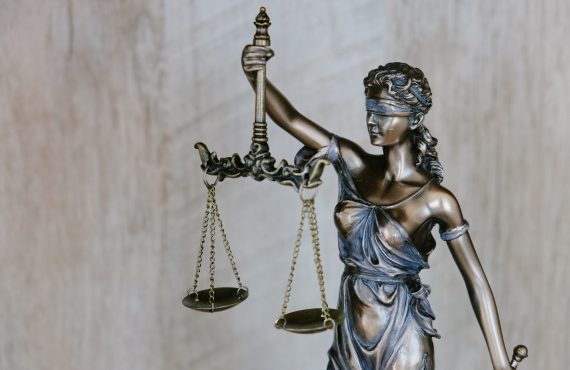By: Piyumi Wattuhewa
The participation of the Youth should be taken into consideration at all stages of the EIA process.

The theme of this year’s International Youth Day which was held on 12th of August, 2021 was ‘Transforming Food Systems: Youth Innovation for Human and Planetary Health’. The contributions of young people as innovators and the eventual inheritors of a country’s environmental protection has thus been recognized globally and has been given centre-stage in conversations relating to youth. Thus, it is high time that Sri Lanka recognized the monumental proportions of the potential that is lost when young people are kept out of environmental decision-making processes such as the Environmental Impact Assessment (EIA) process.
The EIA process is defined by the International Association for Impact Assessment (IAIA) as ‘a formal and systematic process that includes identifying, predicting, evaluating, and mitigating the biophysical, social and other relevant effects of development proposals prior to major decisions being made and commitments made’. Within the EIA process, public participation is made imperative as means of providing a democratic platform for interested and affected parties of a particular development project to raise concerns, to influence design, consideration of project alternatives and informing the scope of the EIA. An often overlooked stakeholder in these processes is the country’s youth. Yet the participation of the youth is what should most certainly be taken into consideration at all stages of an EIA process both as the contributors for and the inheritors of environmental protection efforts.
Sri Lanka is home to approximately 4.64 million people between the ages of 15 and 29. This means that almost a quarter of Sri Lanka’s population comprises young people whose voices are largely unheard in development discourse. Furthermore, in the World Giving Index published in October 2019 by the Charities Aid Foundation (CAF), Sri Lanka ranked number one in time volunteered. Each year an average of around seven million people volunteered their time, nearly half of those aged over 15 in the country. Sri Lanka’s young people mobilize themselves and their peers in the fight against environmental pollution and degradation through clubs and engaging with local and international Non-governmental Organizations (NGOs). These may be small localized efforts like local beach and park clean-ups or even massive organized public protests and advocacy efforts. Young people are also taking advantage of the wide accessibility of information and technology to educate themselves about the adverse effects of environmental degradation and to also speak out and voice their opinions about environmental protection and how they may be able to achieve it. It is young people who are at the forefront of the discussions related to the realization of the Sustainable Development Goals in Sri Lanka. The creative and innovative ideas that youth have as key stakeholders should be indispensable in the country’s development process.
Furthermore, it should not be forgotten that any and all development projects which are prescribed and eventually seen into completion are for the benefit and the well-being for the future generation; the generation that is currently in their youth. At the same time, it cannot be forgotten that the brunt of the failure of any and all unsustainable, inconsiderate, detrimental development projects will also be felt by the youth of today whose views, opinions and contributions are not given any heed when the planning for those same development processes are underway. A development process needs to be well-informed and well-thought out in order to prevent irreversible travesties that might be caused. As such, the inclusivity of youth in these discourses can minimize any future undesirable circumstances, both seen and unseen.
The Youth is important in the EIA processes not only as contributors and eventual inheritors of the aftermaths of development processes, but also as the future leaders and decision-makers of future development projects. Exposing young people to and including them in the development discourse will help mold them and influence them into being the leaders of tomorrow who prioritize sustainability and environmental protection alongside growth and development.
The almost deliberate exclusion of young people from EIA processes and other development discussions, though is certainly a significant cause of discouragement in youth participation in environmental decision making, is not the only cause. More often than not, even though young people want to claim their rightful place at the table, they do not possess the knowledge of the platforms through which they are able to engage. Knowledge about the EIA process and its necessity is not commonplace within the Sri Lankan public and therefore is largely overlooked by young people themselves as a platform to get their voices heard. Furthermore, the technical nature of an EIA report may also make it largely inaccessible and incomprehensible to any person who is unfamiliar with the jargon that will be undoubtedly used.
There is, henceforth, the need to make the EIA process more open, inclusive and accommodative for young people. Former United Nations Secretary-General Ban Ki-Moon at the 2014 World Conference on Youth held in Sri Lanka highlighted the importance of young people in Sri Lanka by stating, “You are your country’s biggest asset. Sri Lanka’s future success depends on you.” As such it is high time that we recognize this potential and make relevant legal and social considerations to take use of it.

List of References
- SLYCAN trust – (DailyFT) – Youth engagement for climate action and resilient food systems (https://www.ft.lk/columns/Youth-engagement-for-climate-action-and-resilient-food-systems/4-721414)
- Thirumurthy, P. – ‘Abandon draft EIA 2020’: 75 youth groups in TN write to Centre (https://www.thenewsminute.com/article/abandon-draft-eia-2020-75-youth-groups-tn-write-centre-129939)
- United Nations: Department of Economic and Social Affairs – Beyond 2030: Youth Taking Charge of the Environment (https://www.un.org/development/desa/youth-flash/feature/2018/06/beyond-2030-youth-taking-charge-of-the-environment/)
- United Nations – (UN News) – In Sri Lanka, UN Chief highlights key role of young people in building peace and sustainable development (https://news.un.org/en/story/2016/09/537992-sri-lanka-un-chief-highlights-key-role-young-people-building-peace-and#.V8mMXPkrK70)













No comments yet.